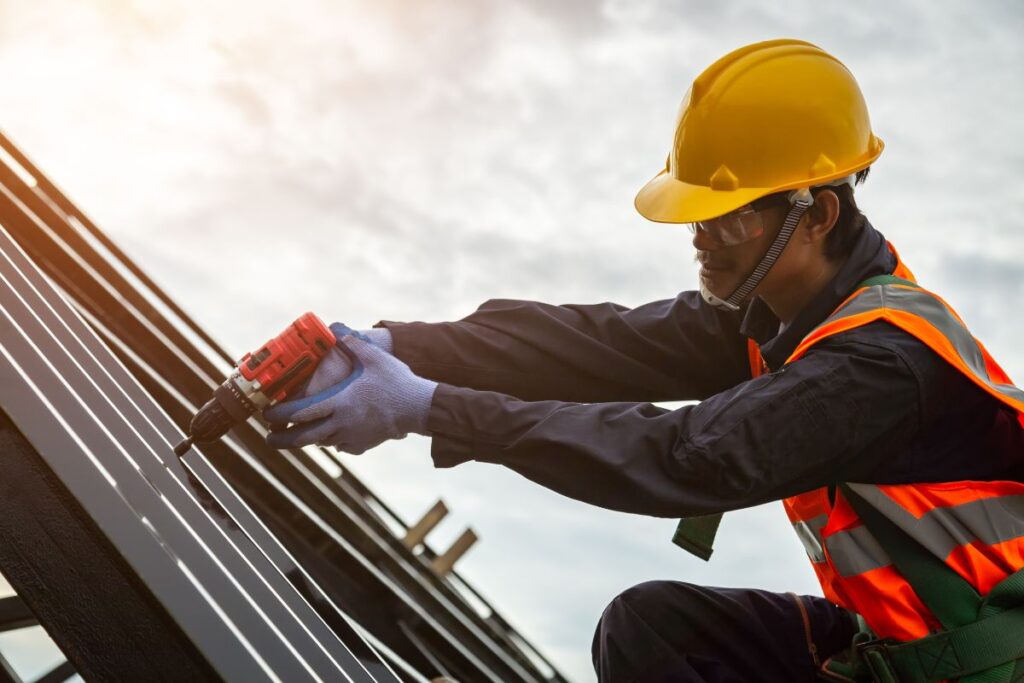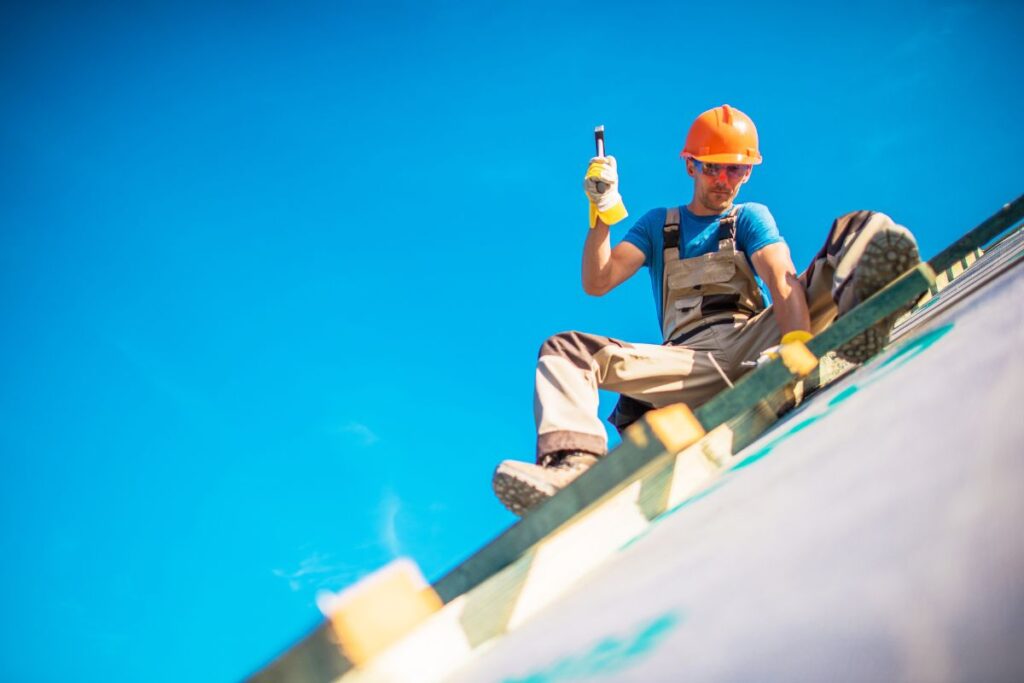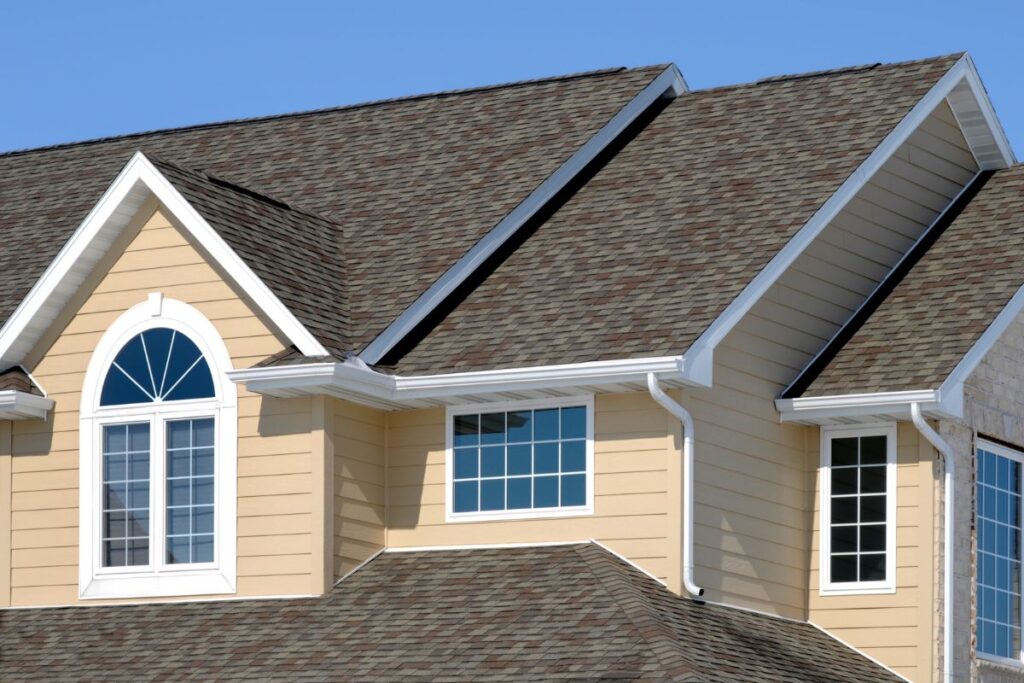The roof is an essential part of your home, providing protection against the elements and contributing to the overall structural integrity of your property. Therefore, it’s crucial to take proper care of your roof to maximise its lifespan and keep your home safe. Here are some tips for maintaining your residential roof.
- Regular Inspections
Schedule regular roof inspections, at least once or twice a year, especially after extreme weather conditions. These inspections can help spot potential issues early before they become significant problems.
- Clean the Gutters
Blocked gutters can lead to water overflow, causing water damage to your roof and the structure of your home. Ensure your gutters are clear of leaves, twigs, and other debris, particularly during fall and spring.
- Check for Moss and Algae
Moss and algae can damage your roof over time. If you notice any signs of these growths, it’s crucial to remove them promptly. It’s also wise to consider preventative measures, such as installing zinc or copper strips.
- Look for Damaged or Missing Shingles
After a storm or high winds, check your roof for damaged or missing shingles, which can lead to leaks. If you notice any issues, it’s crucial to replace or repair the shingles as soon as possible.
- Trim Overhanging Branches
Tree branches hanging over your roof can cause damage, especially during a storm. They can also drop leaves and other debris onto your roof, leading to blockages and moisture issues. Regularly trim back any overhanging branches to protect your roof.
- Maintain Your Chimney and Flashing
If your home has a chimney, ensure it’s in good condition, and the flashing is adequately sealed. Cracks in the chimney or poorly sealed flashing can result in leaks and water damage.
- Ensure Proper Ventilation
A poorly ventilated attic can lead to heat and moisture buildup, causing damage to your roof and reducing its lifespan. Make sure your attic has proper ventilation to prevent these issues.
- Be Proactive with Repairs
If you notice any signs of damage, it’s essential to act promptly. Minor issues can quickly escalate into major problems if left unaddressed. By taking care of small repairs as soon as you spot them, you can avoid more costly repairs down the line.
Maintaining your residential roof requires vigilance and commitment, but it’s well worth the effort. By following these tips, you can help ensure your roof remains in good condition and serves its vital function for many years to come.


